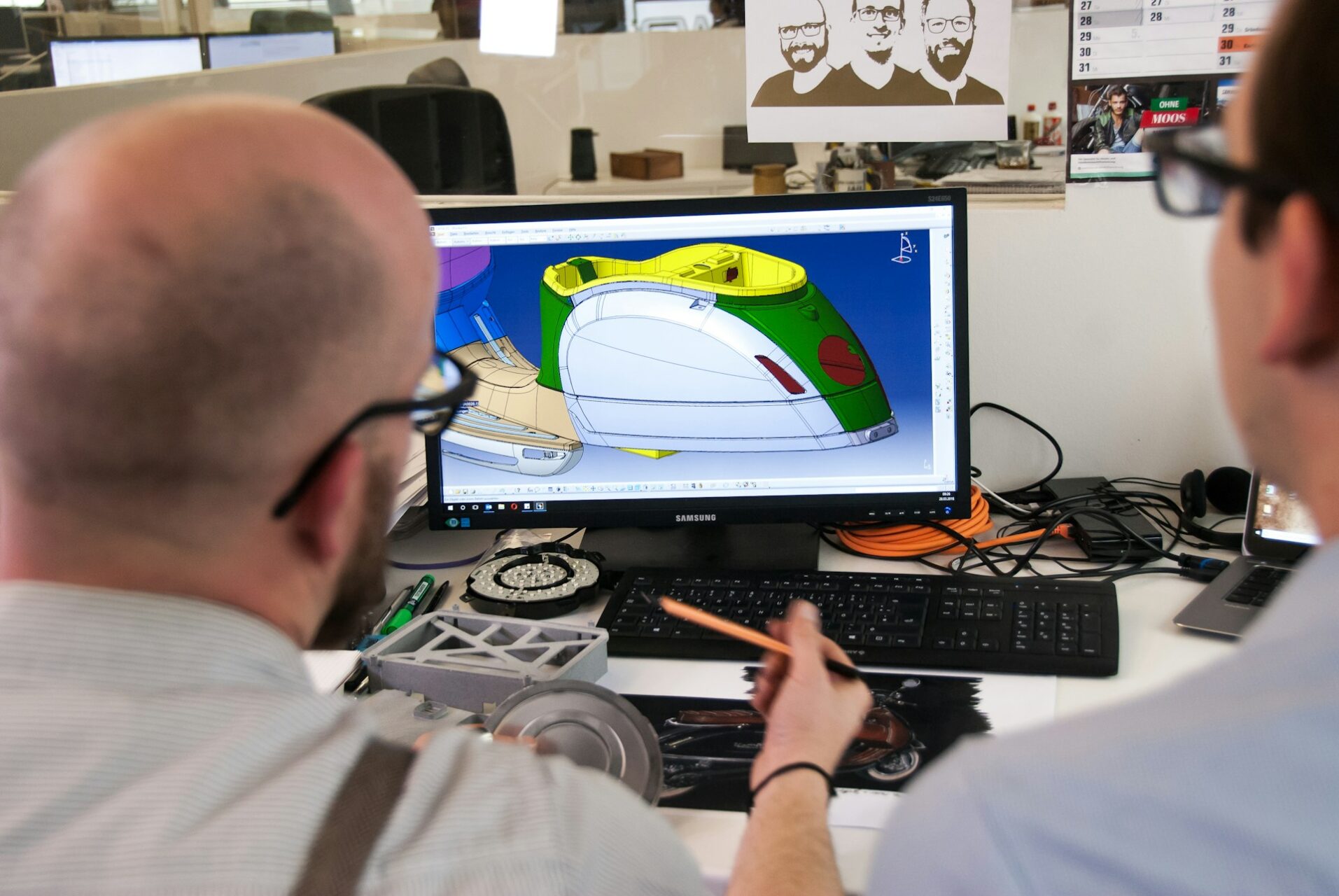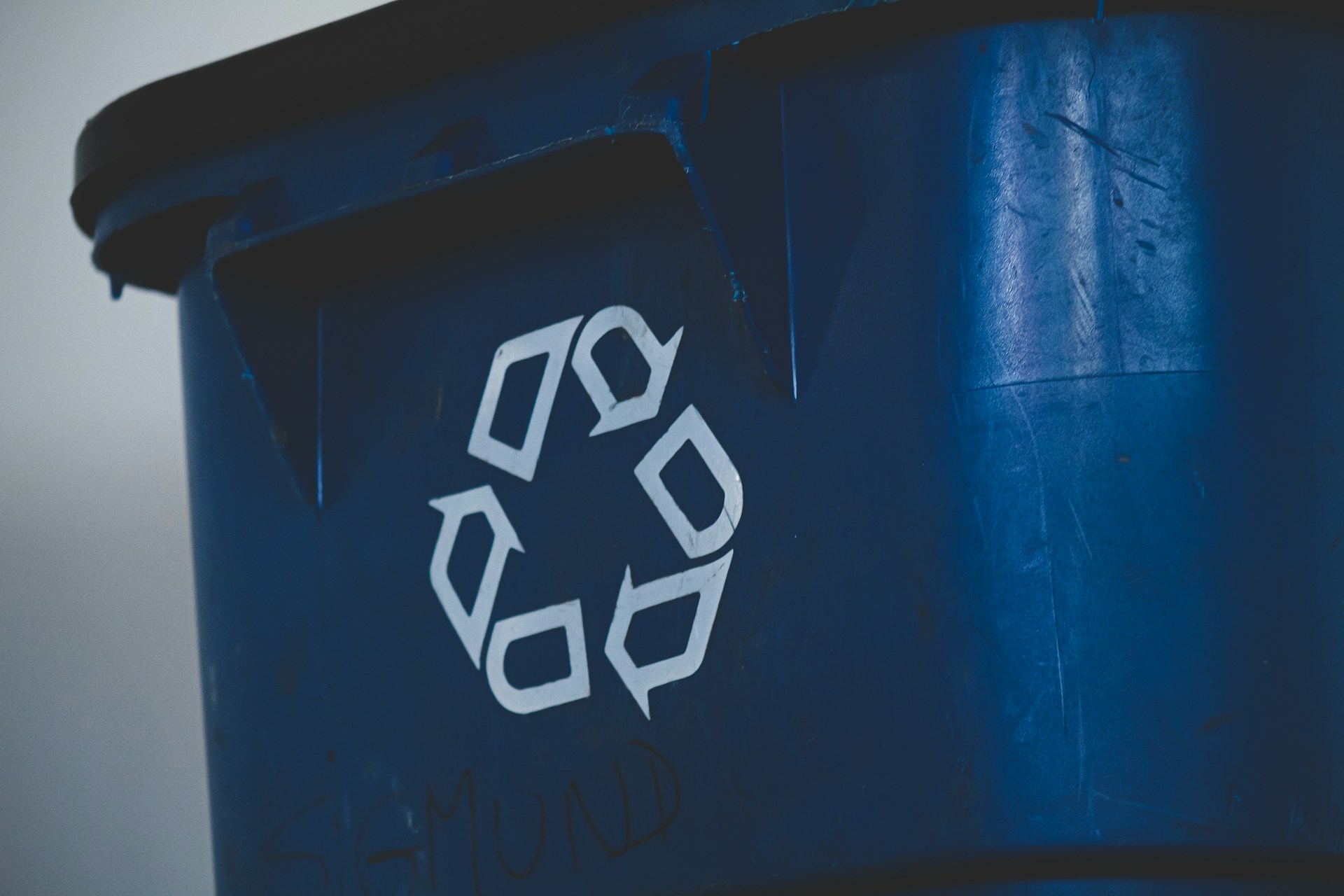
Improving the Reverse Supply Chain: What Are the Benefits?
February 16, 2023 - Emily Newton
Revolutionized is reader-supported. When you buy through links on our site, we may earn an affiliate commision. Learn more here.
Meta: People are now looking at the reverse supply chain more closely than before and determining how to optimize it. Learn some of the benefits of doing that here.
Excerpt: Have you considered devoting more resources to reverse supply chain improvements? Discover some of the likely outcomes now.
The reverse supply chain involves any steps that move goods at least one step backward instead of getting them closer to consumers. Manufacturers, retailers and others can experience significant advantages by targeting and improving weaknesses in these supply chain activities.
Better Consumer Engagement
Returning items to a retailer isn’t always pleasant. Many shoppers dislike going to the post office to send back things they don’t want, for example. That step is also much more challenging for people who don’t have cars or regularly use public transportation. Then, unsatisfied consumers may consider settling for the products they initially felt unhappy with or giving them as gifts.
However, research indicates people who handle the reverse supply chain may need to take advantage of potential ways to boost profits. That’s because approximately a quarter of shoppers responding to a Narvar survey said they’d pay more if retailers made it easier to return things. However, less than half of retailers currently charge fees for return shipping or restocking.
When the responsible parties improve the reverse supply chain by giving customers more choices and greater convenience, they have opportunities to make more money too. Relatedly, retailers could gather data on which return methods consumers use most frequently. Those statistics would then give retailers more confidence when deciding which return programs to discontinue or expand.
Reduced Electronic Waste
As people in today’s world upgrade their laptops, smartphones and other electronic gadgets, the world’s landfills keep getting overloaded with electronic waste, or e-waste. However, that’s less likely to happen when people have accessible and transparent ways to recycle the goods they no longer want or need.
Some creative people have even incorporated e-waste into furniture to show people the possibilities. Significant progress in how the world handles e-waste will happen where there are reputable channels set up to process it.
A recent example came from DHL Supply Chain, which announced a dedicated circular supply chain solution for e-waste. One of its elements is a customer portal for handling the returns of electronic goods. It allows the recovery of usable products and materials, either by resale or repair. DHL has set a goal of a 100% product recovery rate, which would substantially cut down on e-waste. Efforts like these will help the world move in the right direction when managing it.
Improved Customer Loyalty From a Stronger Reverse Supply Chain
Research from Loop indicates improving the reverse supply chain for customers heavily influences how likely those consumers are to shop with companies again. One startling takeaway was that a single bad post-purchase experience would make 57% of people permanently stop associating with a brand.
Another finding was that 87% mentioned post-purchase incentives influencing how likely they are to purchase from brands for the first time. So, if a company promotes free and easy returns, those perks could help people get over the hesitation they may feel as first-time purchasers.
Making returns hassle-free also helps people form positive associations with the company from an early stage. After that happens, consumers may be more likely to recommend companies to their friends, in addition to shopping with those entities more than once.
More Proactiveness About Emerging Needs
Committing to making improvements in the reverse supply chain now helps companies be better prepared to address new needs. Electric vehicles provide a strong example. They’re becoming increasingly popular. That means manufacturers and other relevant parties must start planning what to do when electric vehicle batteries reach the end of their useful lives.
That’s already happening in California, a state that’s more advanced than many others regarding its infrastructure and adoption of electric cars. An advisory board met to vote on possible options for which parties take responsibility for handling the vehicle batteries properly.
Most participants who voted believed the manufacturer or dismantling company should bear the responsibility. The dismantling company is also the entity that recycles the vehicle’s components. One proposed policy was that if a company removes the battery at the car’s end of life, that business should also follow the established reverse supply chain steps.
More work must happen before people finalize such details. However, it’s a positive development that they’re putting in-depth thought into the matter now.
Enhanced Visibility Into Potential Problems
The reverse supply chain extends to cases where customers file warranty claims or engage with manufacturers and request to send products back because of identified issues. It’s essential that the customer experience is as smooth as possible during these instances, especially since many consumers are already feeling upset or disappointed.
Excelling at this part of reverse logistics gives companies additional chances to smooth things over with customers and make right whatever went wrong, at least as much as that’s possible. However, company representatives also get early data that could suggest product flaws to investigate further.
Imagine a company releases a completely redesigned model of a popular washing machine. However, the brand begins receiving reports of dangerous overheating incidents within a few months. Representatives will also get useful data from customers’ warranty claims. They could learn where people purchased the products, when those transactions occurred and other potentially eye-opening details.
Increased Participation in the Reverse Supply Chain
We’ve already explored how dedicated services could bump up recycling rates among those who handle that part of the reverse supply chain. However, manufacturers and retailers must not overlook the part consumers can play in ensuring goods get recycled.
Sometimes, such strategies can cause revenue boosts. Consider the example of Currys, an electrical goods retailer that launched a store take-back program for customers in the United Kingdom and Ireland. People can drop off their unwanted tech goods in exchange for store credit. The retailer recently expanded the offering by allowing customers to spend it online.
It’s also becoming more common for beauty brands to offer in-store recycling. KORRES even lets people set appointments to come and watch as their plastic containers get processed in a machine and turned into raw materials. Opportunities like that help consumers take a direct role in the reverse supply chain, making them feel more connected to what happens to the things they buy.
Targeting the Reverse Supply Chain Pays Off
These are just some of the advantages logistics professionals can see when they prioritize the reverse supply chain. There’s typically so much emphasis placed on getting goods to consumers. Such efforts are understandable and important. However, this overview shows why people can’t overlook the reverse supply chain. Focusing on it will improve customer relationships, enhance sustainability and more.
Revolutionized is reader-supported. When you buy through links on our site, we may earn an affiliate commision. Learn more here.
Author
Emily Newton
Emily Newton is a technology and industrial journalist and the Editor in Chief of Revolutionized. She manages the sites publishing schedule, SEO optimization and content strategy. Emily enjoys writing and researching articles about how technology is changing every industry. When she isn't working, Emily enjoys playing video games or curling up with a good book.




